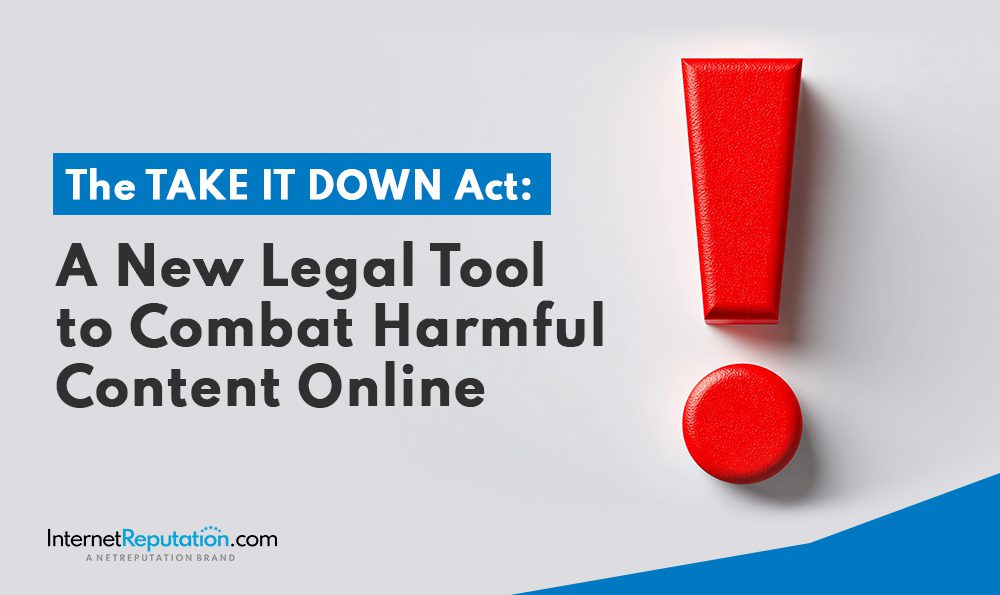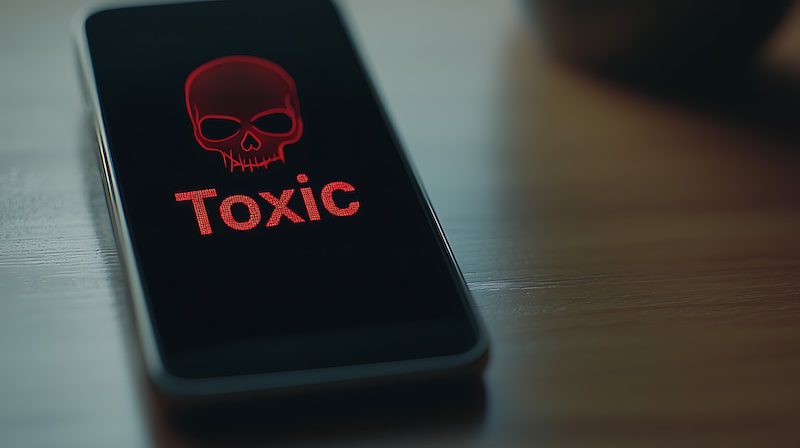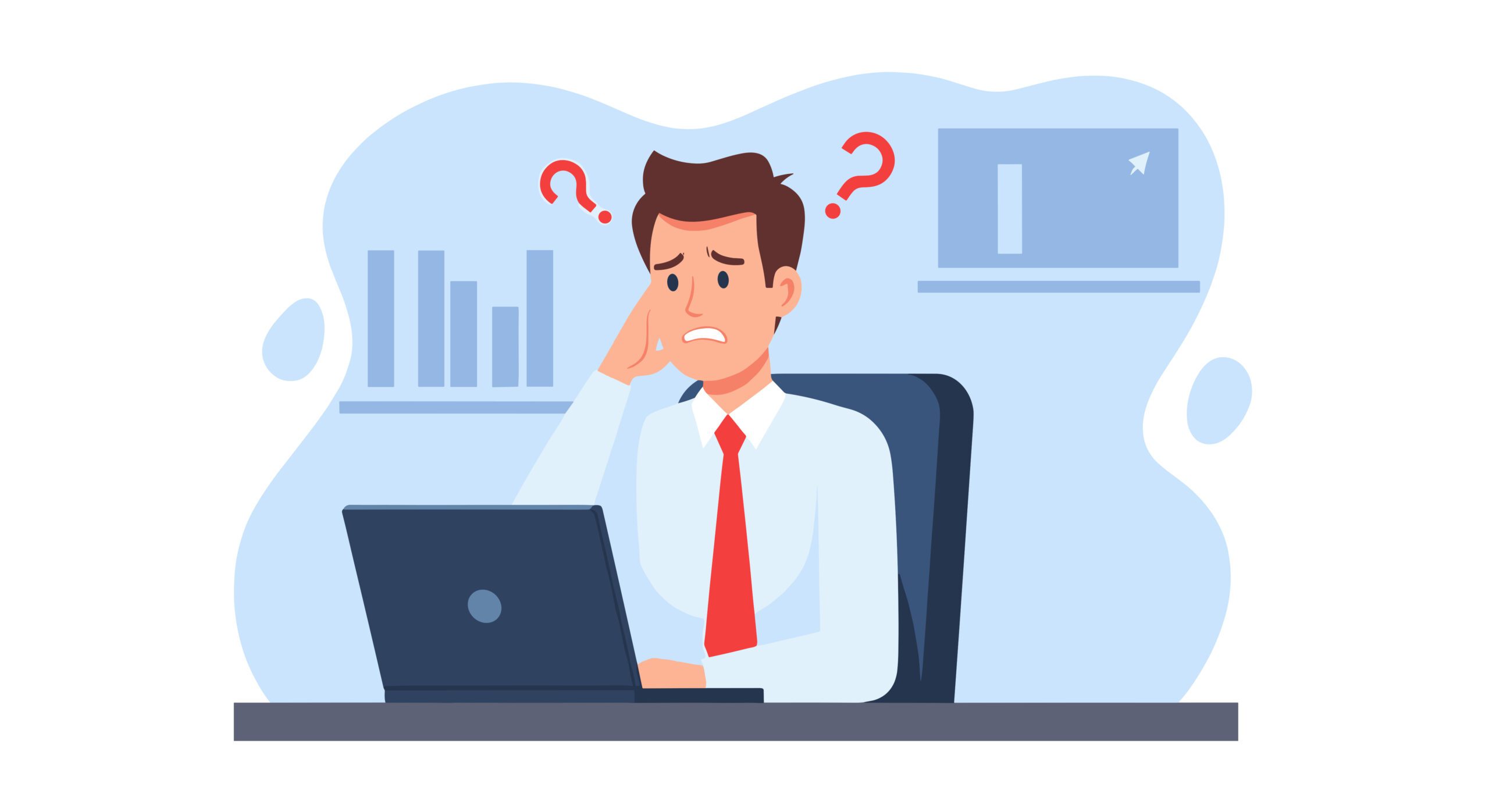The TAKE IT DOWN Act: A New Legal Tool to Combat Harmful Content Online

If you’re the victim of harmful content online, especially if that harmful content is of an intimate nature, you may have legal recourse.
On May 19, 2025, President Trump signed the Tools to Address Known Exploitation by Immobilizing Technological Deepfakes on Websites and Networks Act. The act uses the acronym TAKE IT DOWN. The act went into effect immediately upon the signing.
The purpose of TAKE IT DOWN is to swiftly handle digital exploitation that uses non-consensual intimate imagery. The act covers both real and artificial intelligence-generated imagery if it’s a non-consensual intimate visual depiction of a person.
If a platform does not comply with the new law, it will be considered a violation of the Federal Trade Commission Act (FTC Act) and subject to enforcement by the Federal Trade Commission.
Anyone who continues to post and share this type of harmful content after receiving a notification to remove it will face penalties. Deletion of the harmful content must occur within 48 hours of receiving a notification from the victim.
Are you dealing with harmful content on the internet? If you need to report harmful content or rebound from reputational damage, call us today at 941-259-4554 for assistance.
Key Points of the Take It Down Act

According to the U.S. federal legislative site, the bill “generally prohibits the nonconsensual online publication of intimate visual depictions of individuals, both authentic and computer-generated, and requires certain online platforms to promptly remove such depictions upon receiving notice of their existence.”
To qualify for removal, the harmful content must meet one of the following 2 criteria:
- The content visually depicts an adult subject. The publication either intended to cause harm or did cause harm to the subject. The subject did not consent to the publication of the imagery. In the event that the content was authentic and not AI-generated, it was created or obtained in a situation where the subject had a reasonable expectation of privacy.
- The content visually depicts a minor subject. The publication’s intent was to abuse or harass the subject. The purpose of the intimate visual depiction was sexually motivated.
Failing to remove the harmful content could result in a fine, prison time or both.
Our clients come to us when they need to repair their online reputation and take control of their digital presence. Call us at 941-259-4554 to learn more about getting rid of harmful content and increasing your online safety and privacy.
Covered Platforms: Notice-and-Removal Procedures
Within one year of when the Take It Down Act was signed by President Trump, covered platforms have to establish a notice-and-removal procedure. This procedure must also be accessible and clear to users.
The procedure must clarify how a person can contact the covered platform to submit a removal request.
Covered platforms have until May 19, 2026, to post their notice-and-removal procedure.
What Is a Covered Platform?
A covered platform is an online or mobile application; online service; or website that is accessible by the public and operates as either a forum with UGC or an online service that makes non-consensual intimate images available.
The bill’s specific wording says the following:
A covered platform is “a website, online service, online application, or mobile application that serves the public.” It also “primarily provides a forum for user-generated content, including messages, videos, images, games, and audio files,” or, “for which it is in the regular course of trade or business of the [platform] to publish, curate, host, or make available content of nonconsensual intimate visual depictions.”
The Notification and Removal Process
According to the act, the notice and removal process must meet certain criteria.
The identifiable individual in the imagery or a person acting on their behalf can notify the platform of the imagery. The notification must be in writing and include the following information:
- A physical or electronic signature of the identifiable individual or their representative
- Identification of the imagery, along with a sufficient way for the platform to locate it
- A statement explaining why the identifiable individual has a good-faith belief that the imagery was published without their consent
- Contact information for the identifiable individual or their representative
From there, the covered platform has 48 hours to remove the imagery and make reasonable efforts to remove any duplicates of it as well.
Protecting Good Faith Efforts Under the Take It Down Act
At times, an intimate visual depiction may be reported, even if it’s not actually illegal. However, the covered platform may remove the content, assuming it hasn’t been legally posted.
In these types of good-faith cases, the Take It Down Act provides protection for the covered platform. If the content creator tries to take legal action against the platform, saying that the authentic visual depiction was consensual, the platform will not be held liable for removal.
Political Support for the Take It Down Act
The act is bipartisan legislation, which means there’s support from both the Democratic and Republican parties. Minnesota Democrat and U.S. Senator Amy Klobuchar, along with Texas Republican and U.S. Senator Ted Cruz, introduced the bill.
The act was partly inspired by Elliston Berry’s story. In 2023, fake nudes of Berry, who was 14 at the time, were shared on social media platforms. According to an article by The Independent, Anna McAdams, Berry’s mother, reached out to Snapchat several times over an eight-month period. However, the platform ignored her requests to remove the harmful content.
It’s worth noticing that the article Personality, Attitudinal, and Demographic Predictors of Non-consensual Dissemination of Intimate Images, published in 2021 in the Journal of Interpersonal Violence, found that over 72% of undergraduate students had distributed intimate or nude pictures of someone else without their consent.
InternetReputation.com provides the information and services you need to protect your digital presence from harmful content, including inappropriate content, hate speech and more. Get started with a free online reputation analysis by calling 941-259-4554 today.
Censorship Concerns of the Take It Down Act
As reported by the Associated Press, critics of the act worry about its broad language, along with censorship and First Amendment issues.
The EFF, which stands for Electronic Frontier Foundation, has also said of the act that it gives “the powerful a dangerous new route to manipulate platforms into removing lawful speech that they simply don’t like.”
Additionally, CCRI, which stands for the Cyber Civil Rights Initiative, said in a statement that the act is “unconstitutionally vague, unconstitutionally overbroad, and lacking adequate safeguards against misuse.”
What Is Harmful Content?
Children, young people and adults may be exposed to different types of harmful content on the internet.
There’s illegal, harmful content, such as intimate imagery of minors and content that promotes terrorism. There’s also legal harmful content, like information that promotes eating disorders.
The type of online abuse that results from posted content varies.
Content may cause harm because the intent is to be harmful. Or, it could be harmful if the information isn’t appropriate for the user’s age. It’s also possible that some harmful content, while legal, will create unrealistic expectations, particularly in young people.
Online Reputation Management and the Take It Down Act
Here’s a brief recap of the bill signed by President Trump:
- The act will require covered platforms to remove non-consensual intimate images within 48 hours after receiving a valid removal request.
- Online services must have a clear and conspicuous notice posted that covers the notification-and-removal process.
- The purpose of the act is to empower victims and hold perpetrators accountable when they knowingly publish intimate visual depictions without consent.
- The act received bipartisan support, meaning that both Democrats and Republicans backed it.
The Take It Down Act makes it a federal crime for covered platforms to post an authentic intimate visual depiction or technological deepfakes created by artificial intelligence if the content results in non-consensual intimate images. New removal procedures seek to protect victims from online harm when they didn’t consent to their intimate image being shared with the world.
ORM and the Harm of Publishing Non-Consensual Intimate Images in the Digital Age
Because of the Take It Down Act, reputation managers are able to escalate removal requests and suppress malicious and harmful content faster than before. While this doesn’t account for problematic uses of the Take It Down Act — like when oversensitivity leads to faux takedown requests of an intimate visual depiction — it can be extremely helpful for true victims of online violations.
Though it’s not without its faults, the Take It Down Act gives legal leverage to victims who may not have had it in the past. However, it’s still important to watch out for false takedown requests and free speech infringements, which could cause other sorts of legal repercussions.
If you’ve been the victim of harmful online content that’s in violation of the Take It Down Act, consider seeking an online reputation management expert, a public relations specialist, or even legal counsel.
Do you need to report harmful content or speak with a digital reputation specialist? Get in touch with us by calling 941-259-4554 today.






